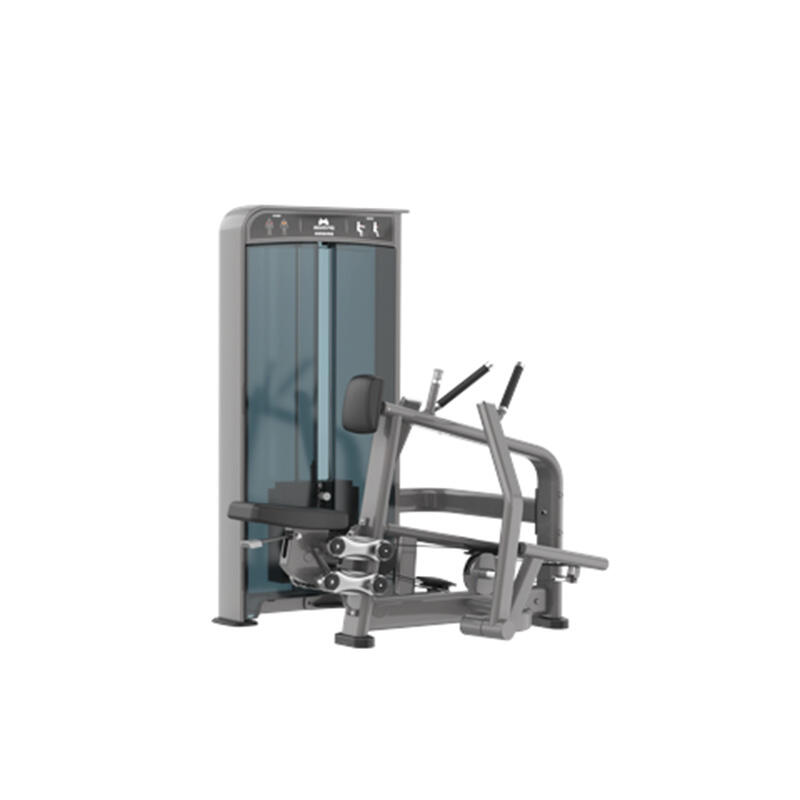S-004 Sitting Rowing Trainer
Sitting rowing trainer is a fitness equipment mainly used to exercise muscle groups such as latissimus dorsi, teres major, deltoid, biceps brachii, and trapezius. It simulates rowing movements, allowing the exerciser to perform rowing movements in a sitting position, thereby achieving aerobic exercise effects on all muscles of the body.
Description
Sitting rowing trainer is a fitness equipment mainly used to exercise muscle groups such as latissimus dorsi, teres major, deltoid, biceps brachii, and trapezius. It simulates rowing movements, allowing the exerciser to perform rowing movements in a sitting position, thereby achieving aerobic exercise effects on all muscles of the body.
| Name | Sitting Rowing Trainer |
| Size | 1380*1270*1620MM |
| Suitable for | all fitness enthusiasts |
| Gross weight | 273KG |
| Color | Supports customization |
| Material | Thick pipe material |
Target audience:
Children and adolescents: The sitting rowing trainer is suitable for use by children and adolescents because it can exercise their back muscles and other related muscle groups, which helps with the overall development of the body.
Fitness beginners: The sitting rowing trainer is easy to operate and does not require too many skills, making it suitable for beginners to exercise. It has a smaller burden on the body and is less prone to injury for beginners.
People who need low-pressure cardiovascular training: The low impact and low overexertion exercise provided by the sitting rowing trainer is very suitable for people who need low-pressure cardiovascular training, such as beginners or seniors
Busy people: Rowing machines are a whole-body exercise that can burn fat in a shorter amount of time, suitable for busy people.
People who exercise at home: The rowing machine makes almost no noise when in use and can be stored upright when not in use, making it suitable for people who exercise at home. In short, the sitting rowing trainer is suitable for various groups of people, especially beginners, those with joint problems, those who need low-pressure cardiovascular training, and those who exercise at home.

